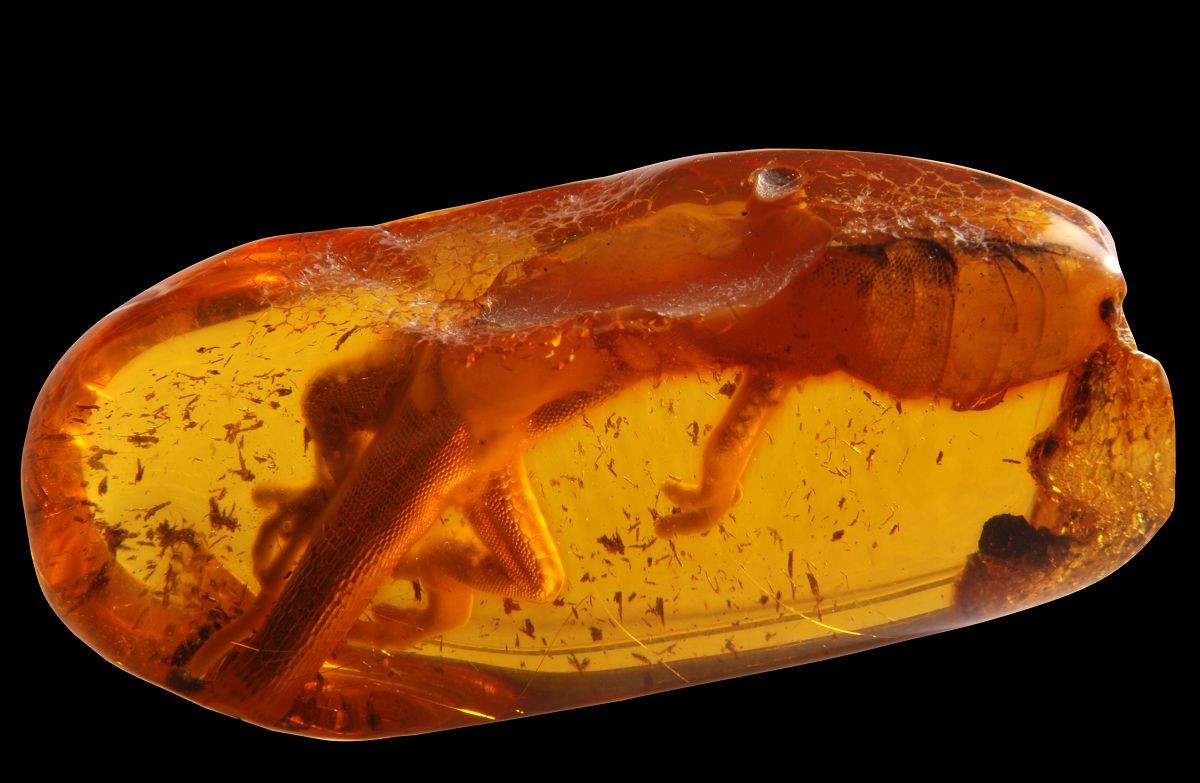
What is there to see at the Gdańsk Amber Museum?
The NEW Amber Museum shows off a state-of-the-art multimedia exhibition, that takes you on a voyage to discover the unusual history of amber anew. Among a multitude of exhibits, you are able to get up close and personal with amber from all over the world, with plants and animals preserved and immortalised within them, and masterpieces by the old masters, plus a collection of modern artworks. While the institution already has a reputation of being one of best of its kind in the world, the new museum is quickly becoming one of the top tourist attractions in Gdańsk. Here, you will find uniquely-developed exhibits, arranged on two floors, accompanied by immersive multimedia installations, and artistic arrangements of each topical section.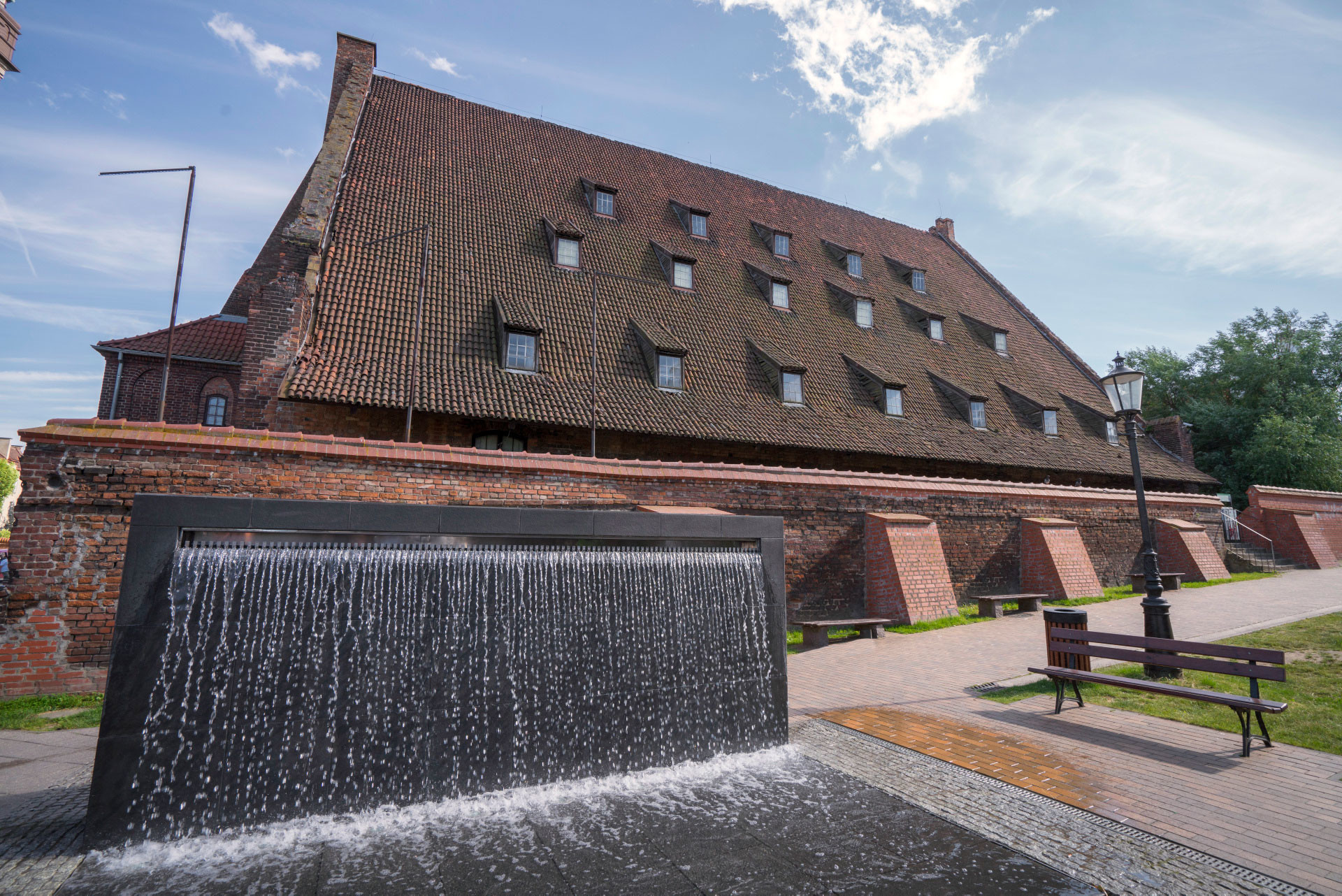
Photo by Dariusz Kula / Muzeum Gdańska.
The interior of the historic Great Mill is be shrouded in semi-darkness, an effect created meticulously for the new exhibition; the walls and floors are black, in order to accentuate the aura of mystery. The illumination and the bright colour of amber against the contrast of black is intended to highlight the mineral's beauty and draw the visitors into the world of the presented exhibits.
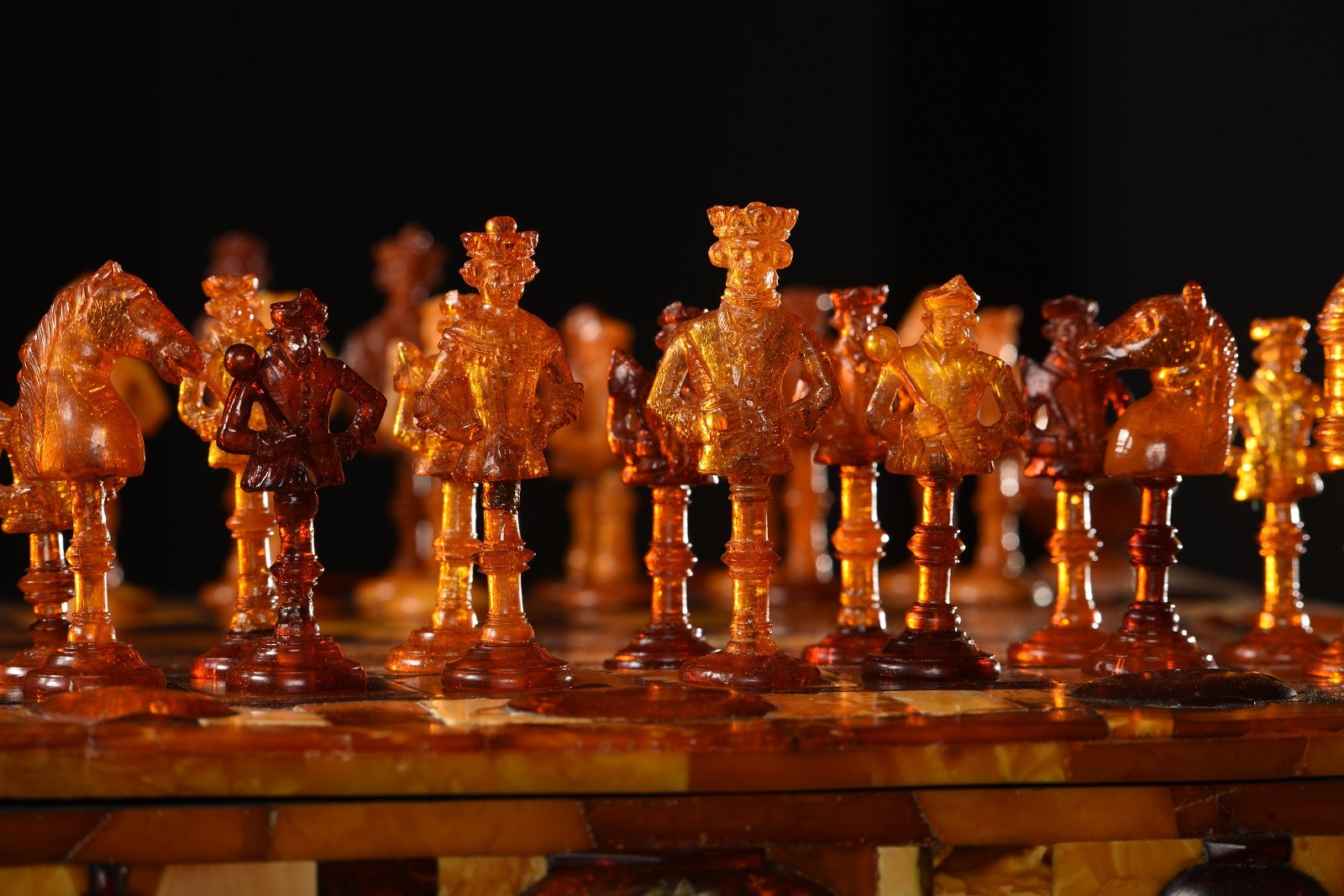
These are some of the many artistic displays that can be seen at the Amber Museum in Gdańsk.
Many of you may be wondering "What is amber?" and "Where does baltic amber come from?" Your questions will be answered on the first floor of the permanent exhibition, where visitors have an opportunity to travel millions of years back in time – to the primeval era of when fossil resins and Baltic amber began to form.
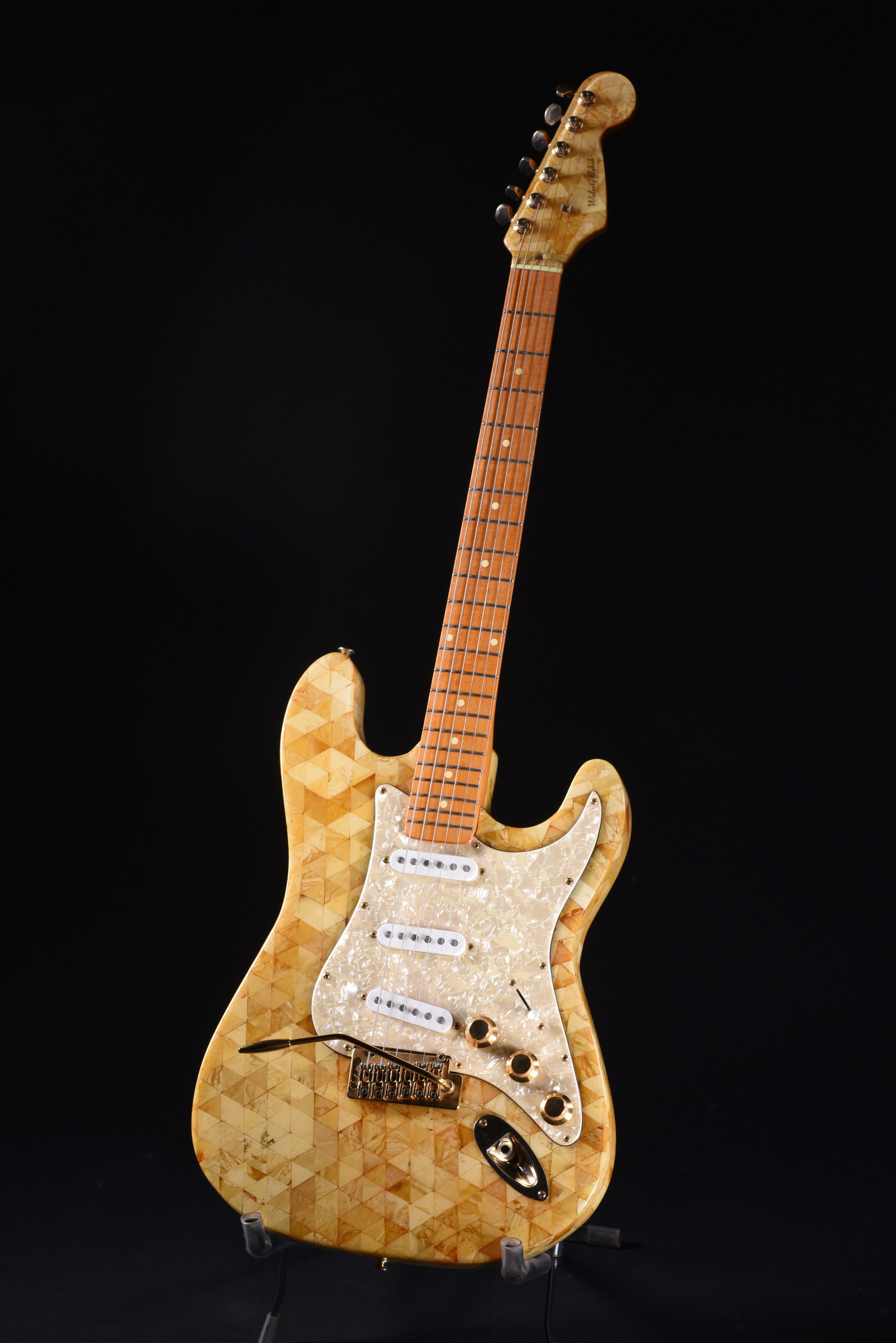
made entirely from amber! One of the most famous parts
of the Gdańsk Amber Museum's collection
Animals and Insects in Amber - The collection of 'inclusions' at the Amber Museum, Gdańsk?
The phenomenon of 'inclusions' (or 'imprints') of prehistoric flora and fauna are, by far, the most perplexing exhibits that have been engrained in the human consciousness since the release of Jurassic Park in the mid-90s. In the new version of Gdańsk's Amber Museum, the renowned 'sunken lizard' have remained on display, as well as a whole pack of newcomers - a preserved gecko, a 4cm specimen of a bird catcher, a parasitic wasp have all made their debut in the new premises. The museum is also home to the largest piece of Amber in the world - 68kg block that was uncovered in Sumatra. Amongst the mesmerising artworks and sculptures that have made use of Baltic Gold, you can find a prized new addition - a 17th-century chess set, originally carved in Gdańsk, that made its way to Amsterdam and then to Scotland before returning home. Thanks to its purchase, the chess set has now returned to the place of its creation, testifying to the mastery of the Gdańsk's early craftsmen, and providing a new point of interest for locals who think they've seen it all before!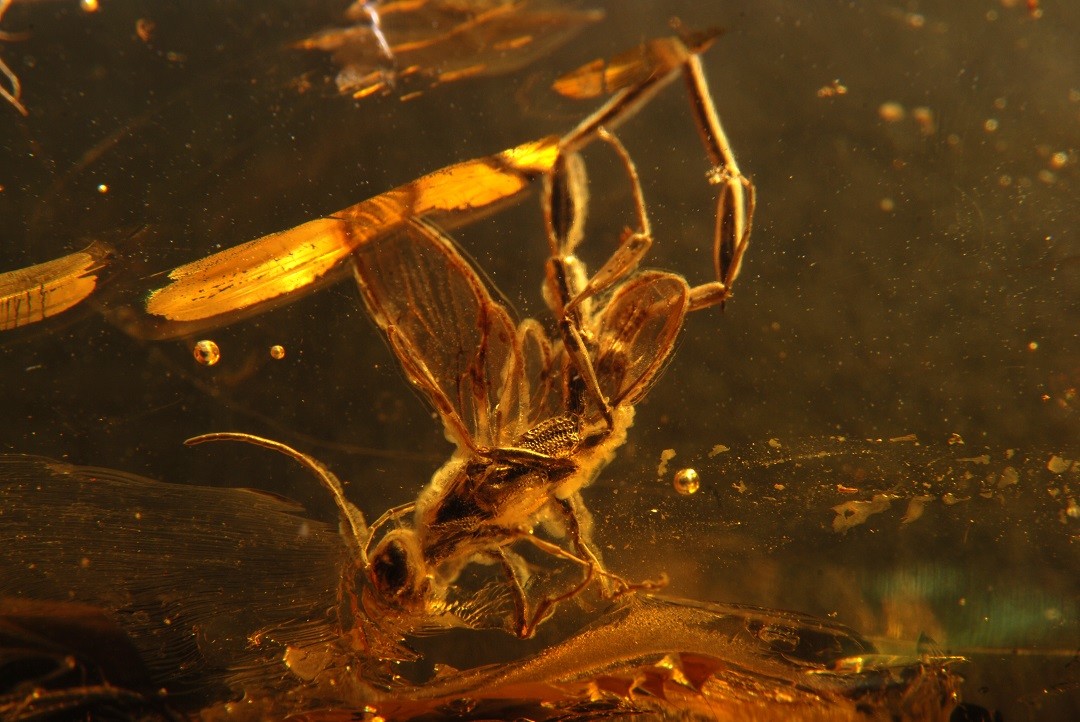
In 2021, the Amber Museum acquired a gigantic boulder of Sumatran Amber from Gunung Tua in Indonesia. Weighing in at an incredible 68kg and measuring 75 x 60 x 45 cm, it is currently in the process of being officiated as the largest single piece of amber in the world! While it may lack the golden colours and transparency that Baltic amber is known for, this mighty wonder actually glows blue when put under UV light!
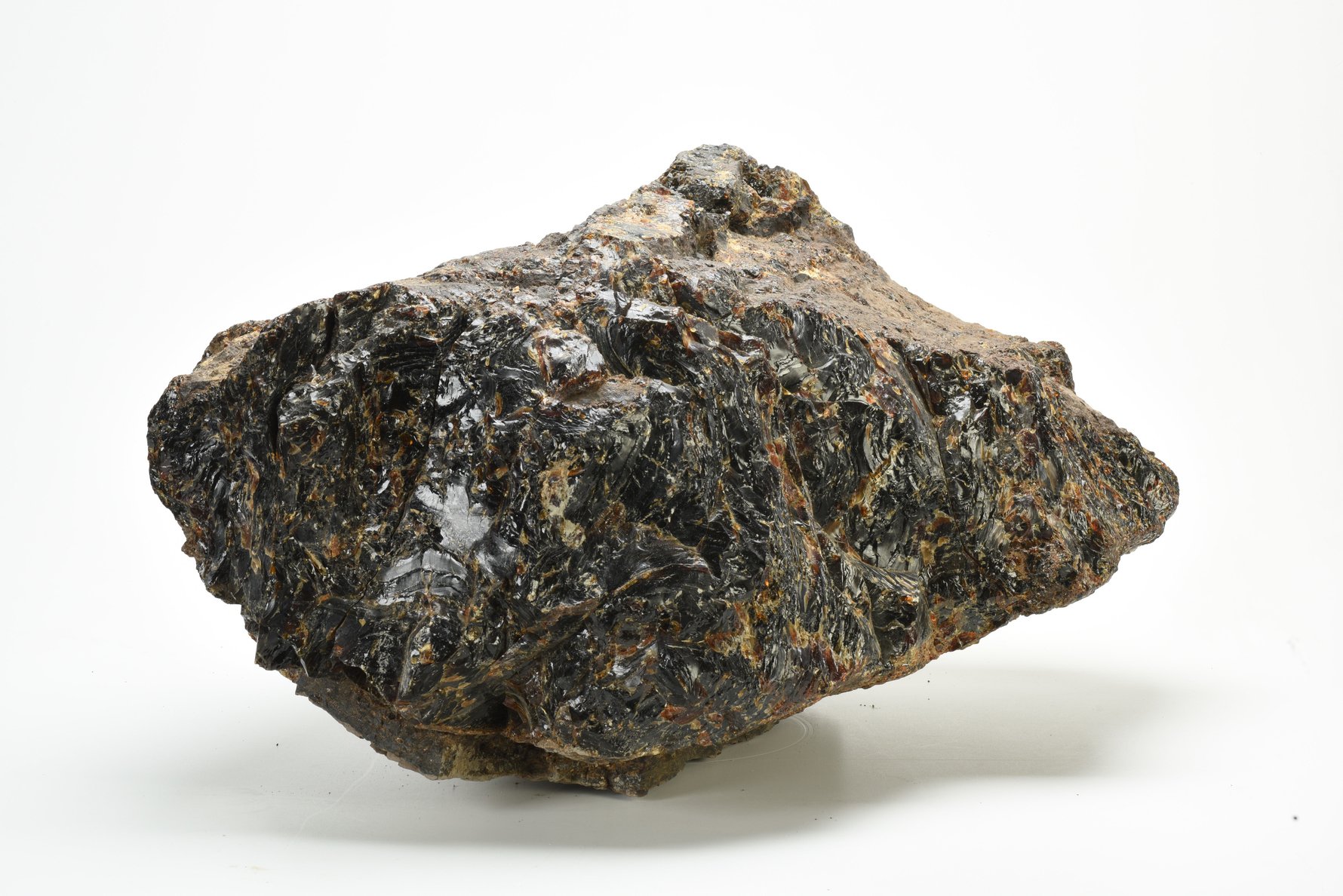
Baltic Amber Jewellery in Gdańsk
On the upper floor, you'll be taken to part two of the permanent exhibition presenting the significance of amber in different cultures, as well as amber history in the Baltic region and abroad. In this section, you'll find exhibits of early and contemporary art, as well as some of the latest productions of baltic amber jewellery. There too, you'll be invited to an interactive ‘Jewellery Fitting Room’, a mirror fitted space that virtually model visitors in modern amber jewellery!
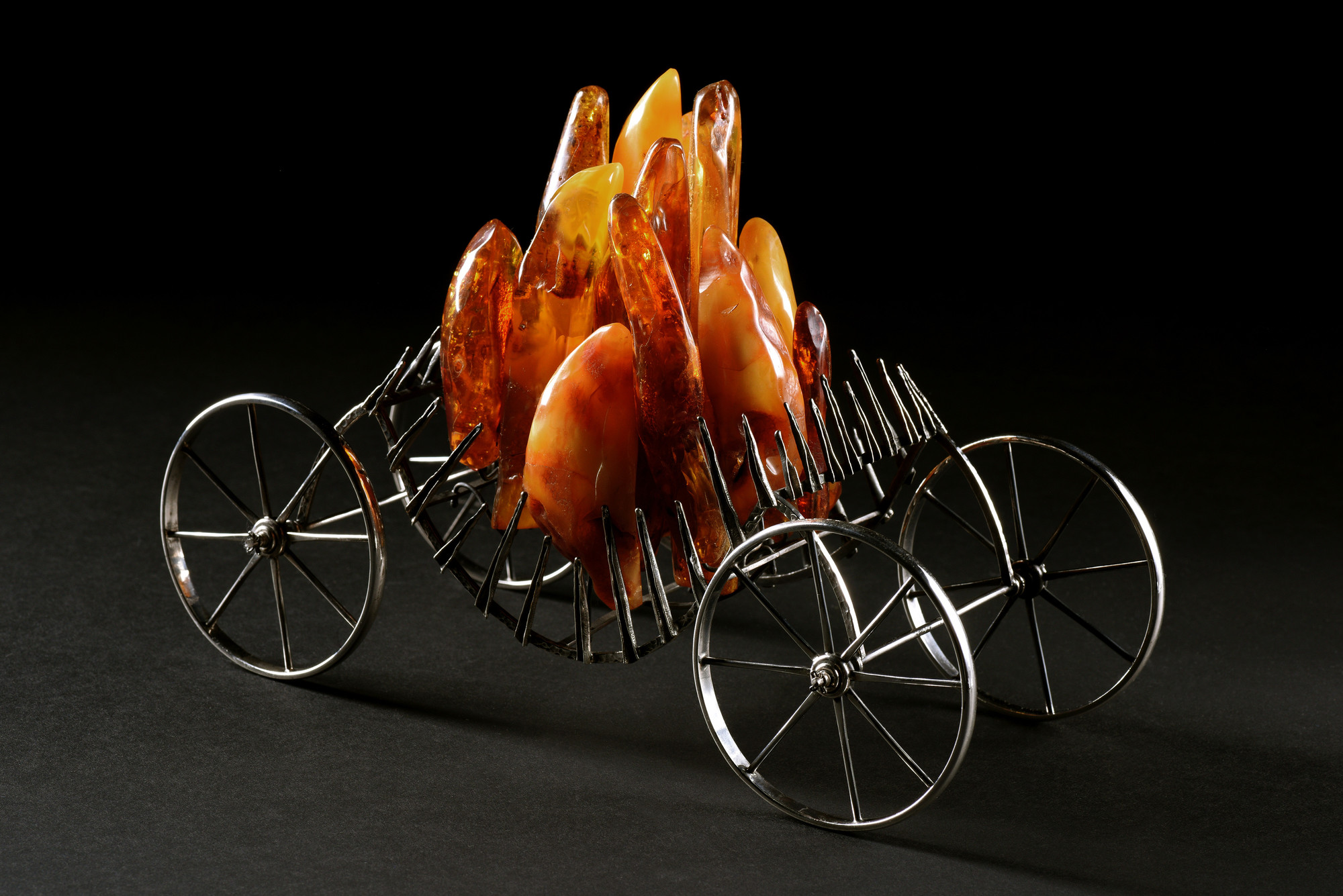
An inclusive museum for all walks of life!
As one of the top things to see in Gdańsk, for both its collection and the fascinating multimedia presentations, the Amber Museum is ideal for all ages and demographics, and is particularly noted for its family-friendly atmosphere and interactivity. Aside being rich in attractions and multimedia displays, families with children can enjoy educational areas that offer riddles, games, and other amber exhibits that are free to touch. In addition to a restaurant, café and an outlet selling amber products, the Amber Museum can easily provide you with half a day's worth of convenience! The new premises is fully accessible to visitors with disabilities and is accommodating people with hearing impairments.
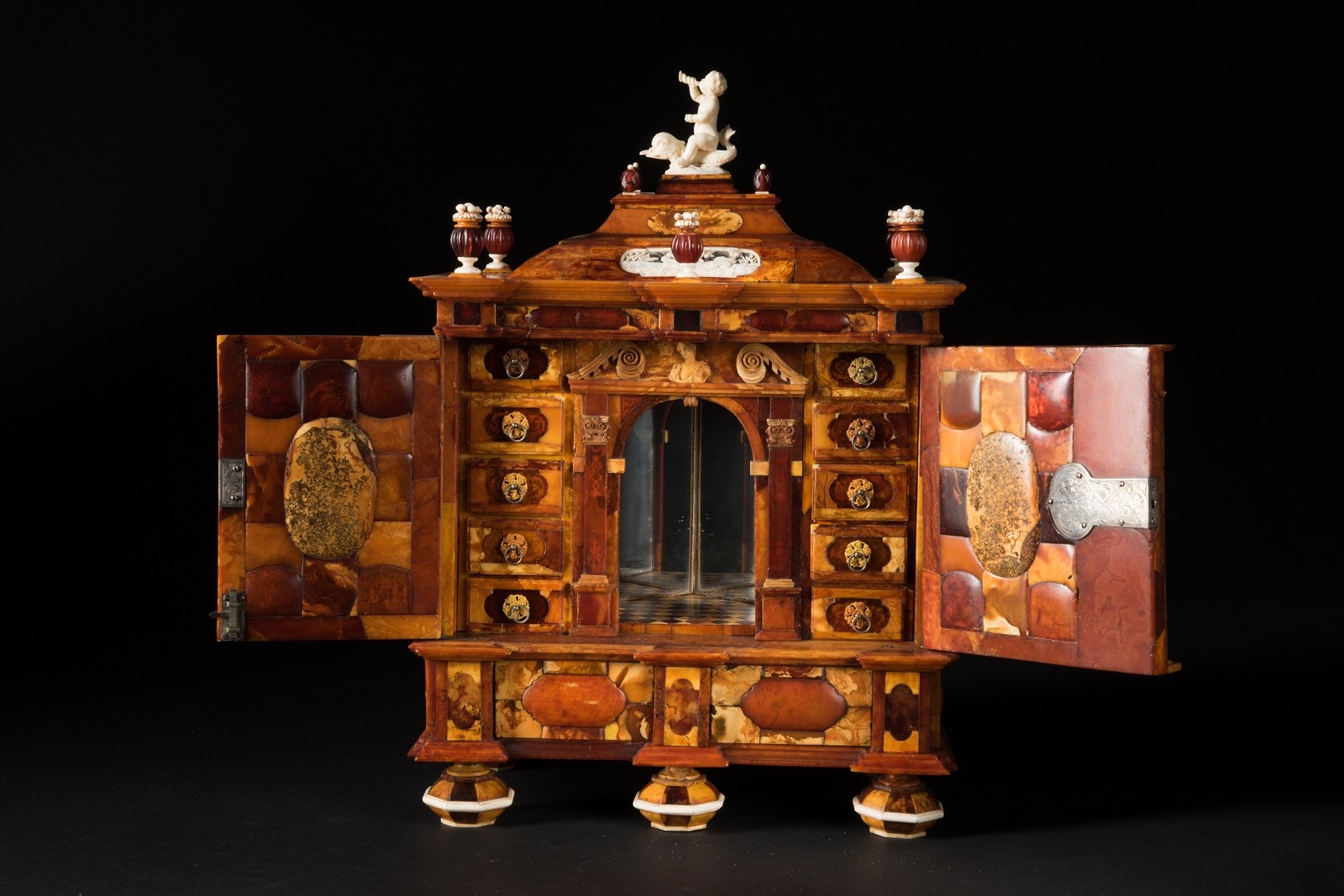
Where can I see more Amber in Gdańsk?
While the museum is an ideal way to be introduced to the world of Amber, specifically that which is found in the local region, the world of Baltic Gold can be experienced all around the city. The picturesque cobblestone Mariacka Street is locally known as the amber district, where you can browse more samples and jewellery of all shapes and sizes. The cultural importance of amber has found its way into places of divine worship, and the altar at St. Bridget's really sets it apart from other dime-a-dozen European churches that wouldn't dare to deviate from the format! For more, read our article: Amber - Baltic Gold.



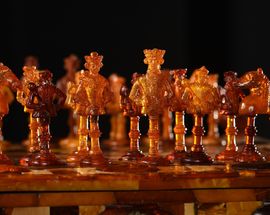
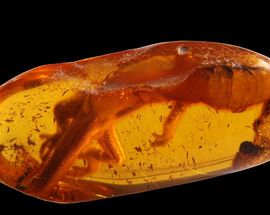
-NET-1_m.jpg)
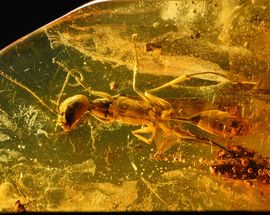
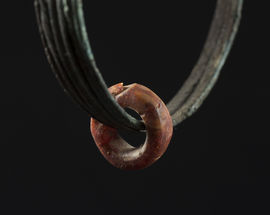
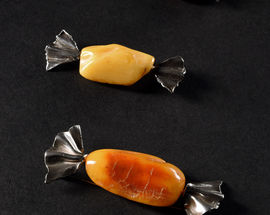
_m.jpg)
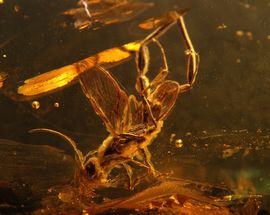



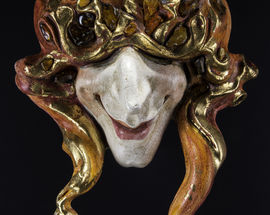

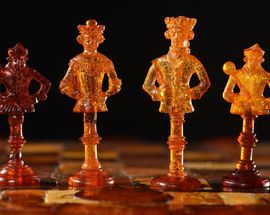






-NET-1_m.jpg)
-NET-1_m.jpg)
_m.jpg)
_m.jpg)
_m.jpg)
_m.jpg)
_m.jpg)
_m.jpg)
_m.jpg)
_m.jpg)
_m.jpg)
_m.jpg)
_m.jpg)
_m.jpg)
_m.jpg)
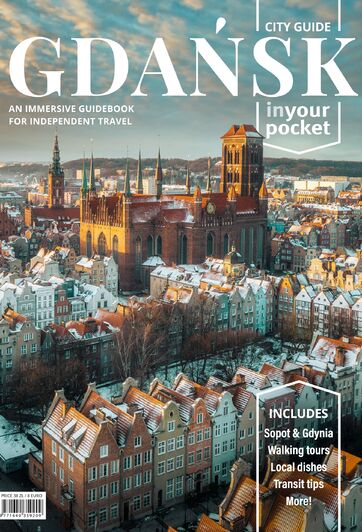
Comments